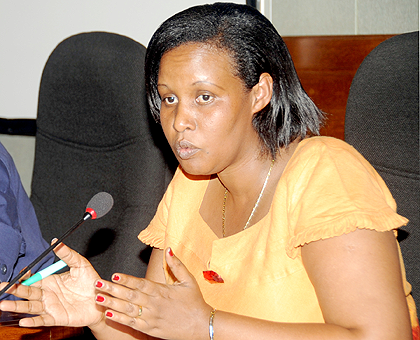National
Reducing gender imbalance
The Gender Monitoring Office (GMO)is developing a new tool that will help improve the level of gender equality in the country.

The Chief Gender Monitor, Oda Gasinzigwa.
